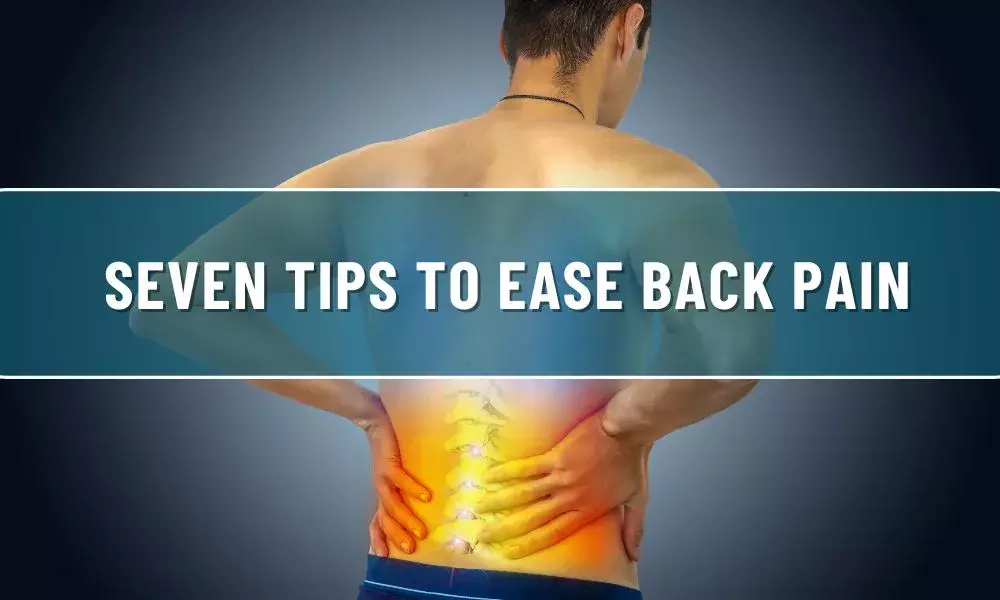Back pain is one of the most common ailments that people suffer. The intensity of back pain may differ from person to person; it may be mild for some and severe for others. In certain cases, pain can make walking, sleeping, moving, working, or doing everyday activities difficult.
People experience lower back pain at some point in their life. The reasons for this pain may vary, from acute sprains to sports injuries to longer-term diseases caused by a various factor.
Common Causes of Lower Back Pain
-
Sprains & Strains
-
Traumatic Injury or Fracture
-
Disc problems like a herniated disk or degenerated disk
-
Sciatica, Arthritis, Scoliosis
-
Spondylolisthesis
-
Lumbar Spinal Stenosis
-
Diseases like spine tumors, kidney stones, and abdominal aortic aneurysms
Certain people have a higher risk of developing lower back pain due to their age, being overweight, having weakened abdominal muscles, and having an increased risk of back injury or strain due to work or lifestyle. Mental health or anxiety can also increase back pain.
Back pain is highly common, but it should be managed so that it does not impact our day-to-day activities. Here are seven tips to ease pain and keep your back healthy:
-
Stretch. Many back problems start due to stiffness and tight muscles. If the back muscles are tight, they put additional stress on our entire spine, including our joints. One must develop a habit of doing basic stretches daily to promote spinal health.
-
Strengthen core muscles. Generally, our lower back is under constant pressure to support our upper body. Surrounding muscles in our back need to be toned to support the spine and reduce pressure on our lower back. Our core muscles rarely get worked up during everyday activities. Therefore, they need to be toned through specific, targeted exercises. One must take some time daily to do simple core exercises.
-
Lift heavy objects correctly. When we lift something heavy, we will likely twist the wrong way. This can cause muscle spasms and pain. One must use proper body mechanics by engaging leg muscles, not back, while picking up heavier items. Get help from others if the item is too heavy to lift alone.
-
Avoid sitting with poor posture. Poor sitting posture impacts the discs in our lower spine adversely. Proper back support should be ensured while sitting. In case one is sitting for long periods, then one must get up and walk around regularly.
-
Take walks. Walking is the simplest, safest, and best exercise. Brisk walking at work or outside can help maintain a healthy weight and keep pressure off our backs.
-
Maintain a healthy weight. Extra weight puts a strain on our back. To deal with extra weight, our spine can become tilted gradually, and the back may lose its natural curvature and support. This may result in an unnatural curvature of the spine over time, which can trigger lower back pain.
-
Quit smoking. Smoking has many adverse effects on our health. It restricts blood flow to the discs that cushions our vertebrae. This leads to disc degeneration. Smoking also lowers calcium absorption and affects new bone growth. This makes our bones weak and brittle and increases the risk of a fracture.
Stiffness and pain in our lower back can limit our movement and can have a major impact on our quality of life. But one can avoid lower back pain by maintaining a healthy weight and staying active.
Further, even with the best prevention, back injuries can happen and interrupt daily life to the point where intervention is necessary. One must not ignore such pains and consult a doctor at the earliest to start the treatment for better recovery.





